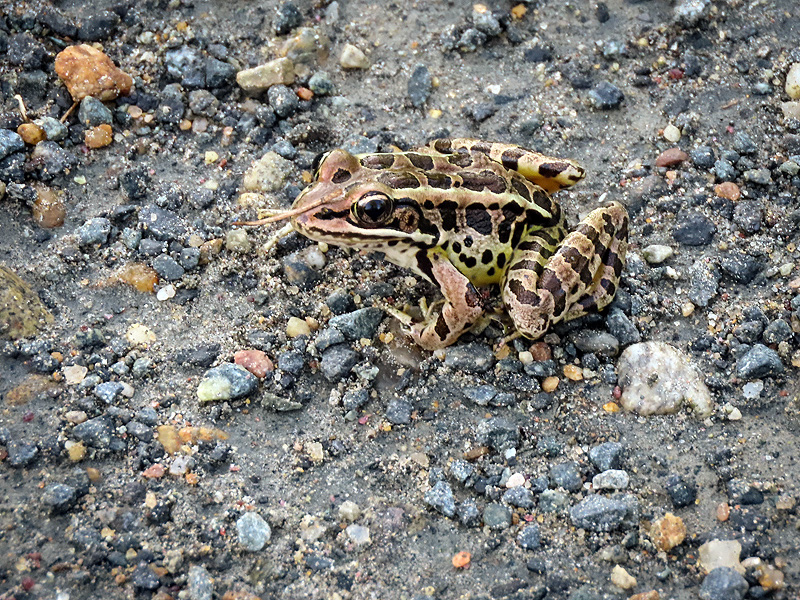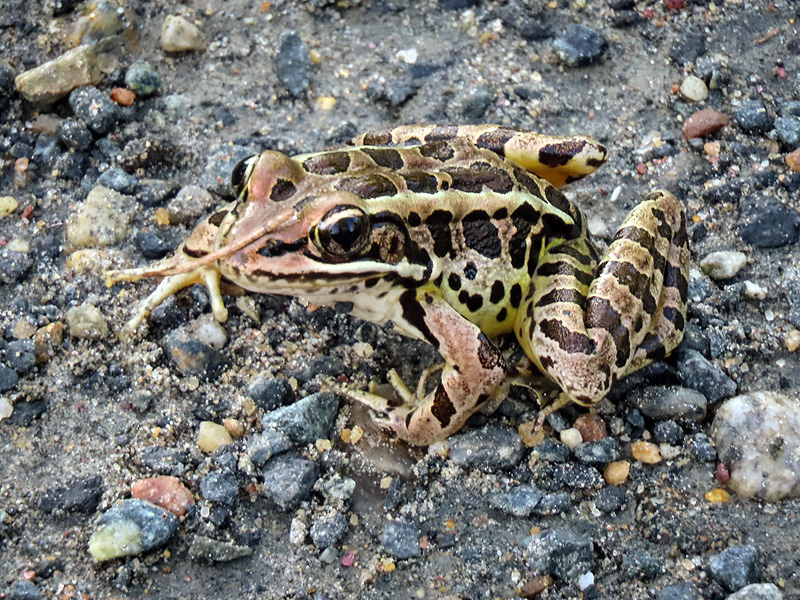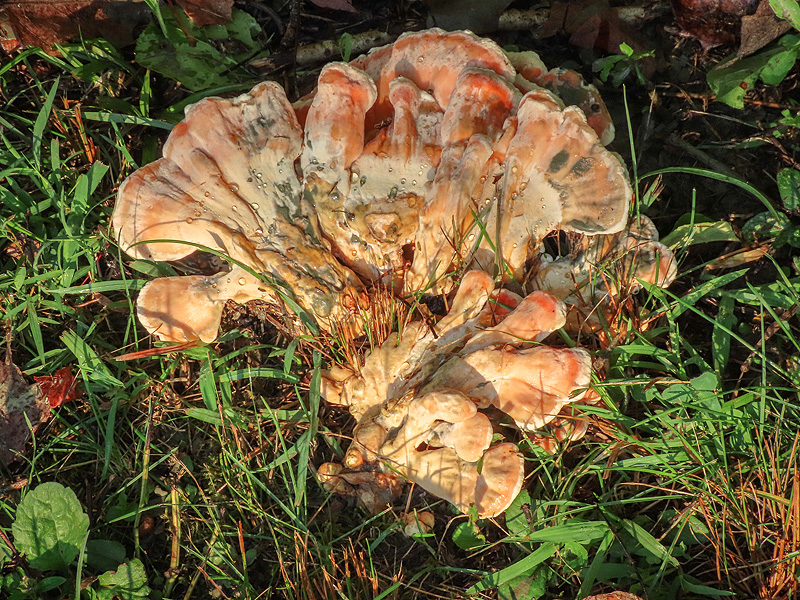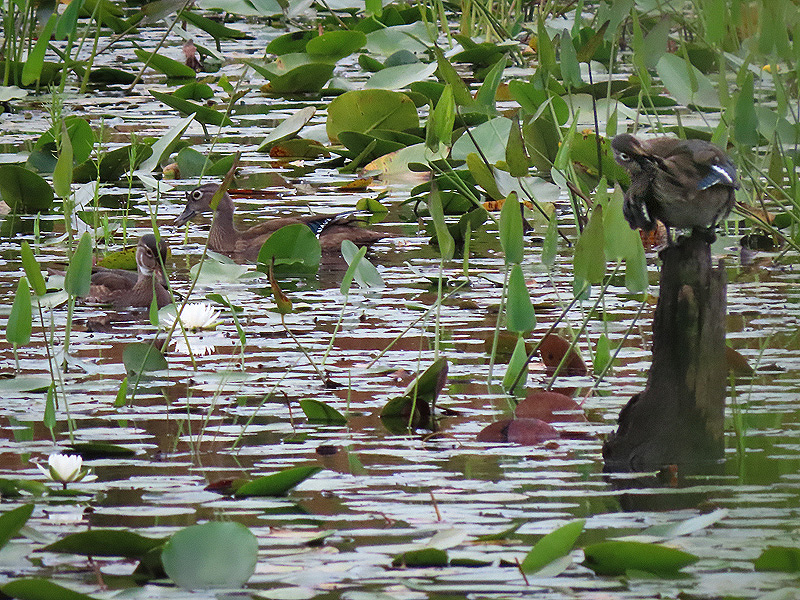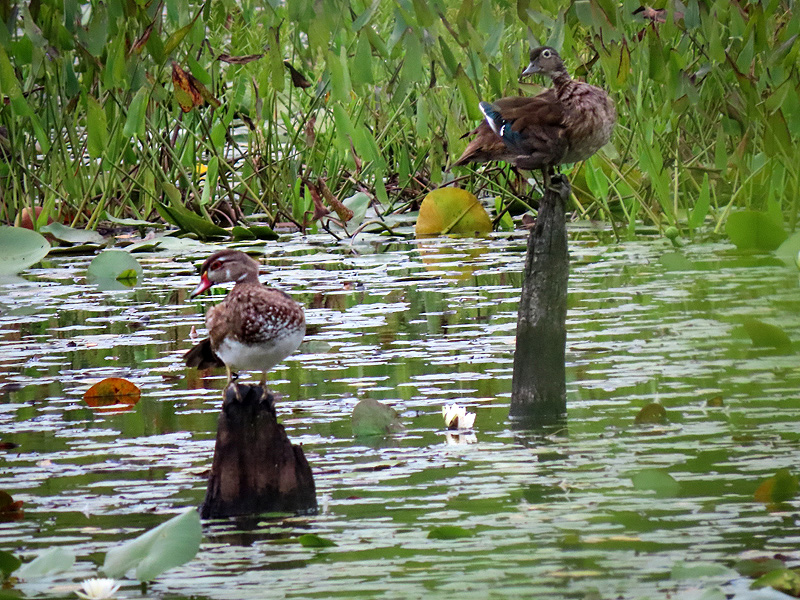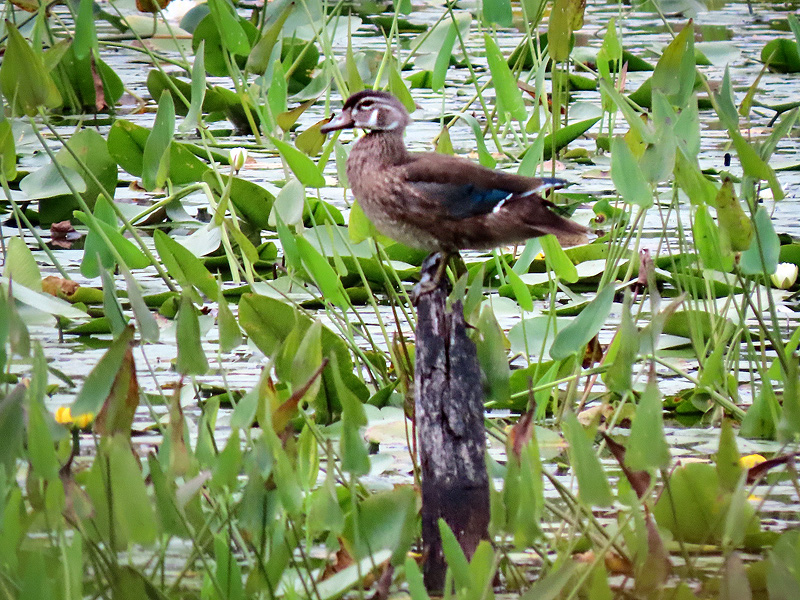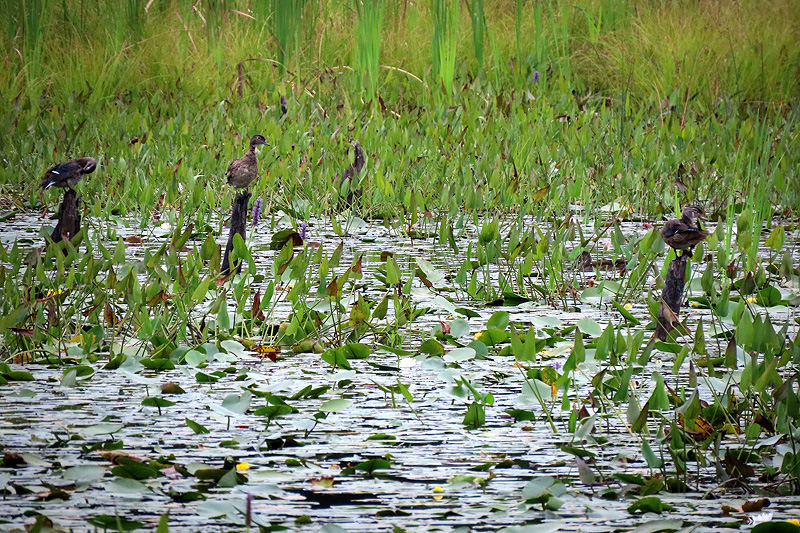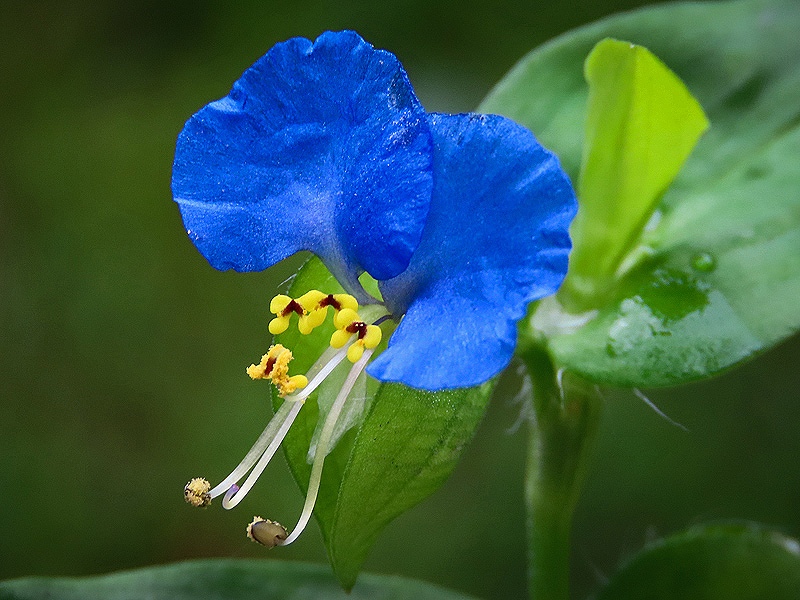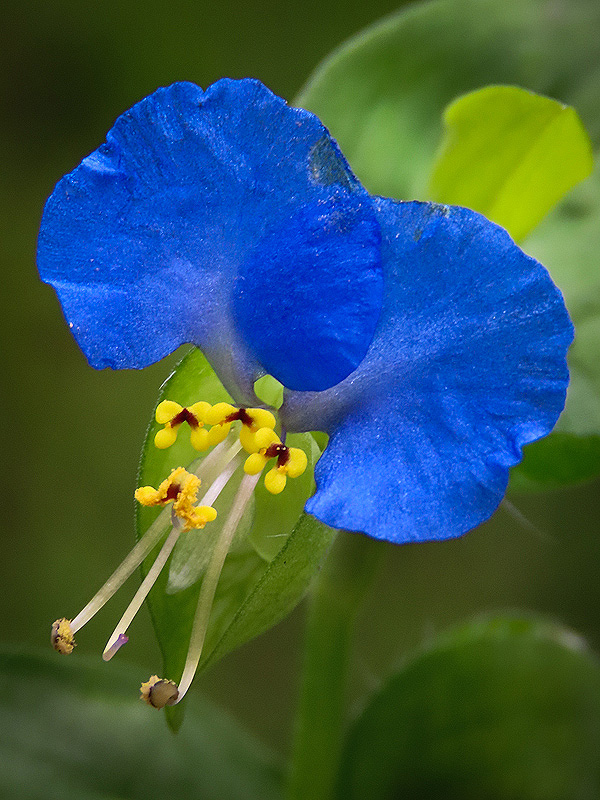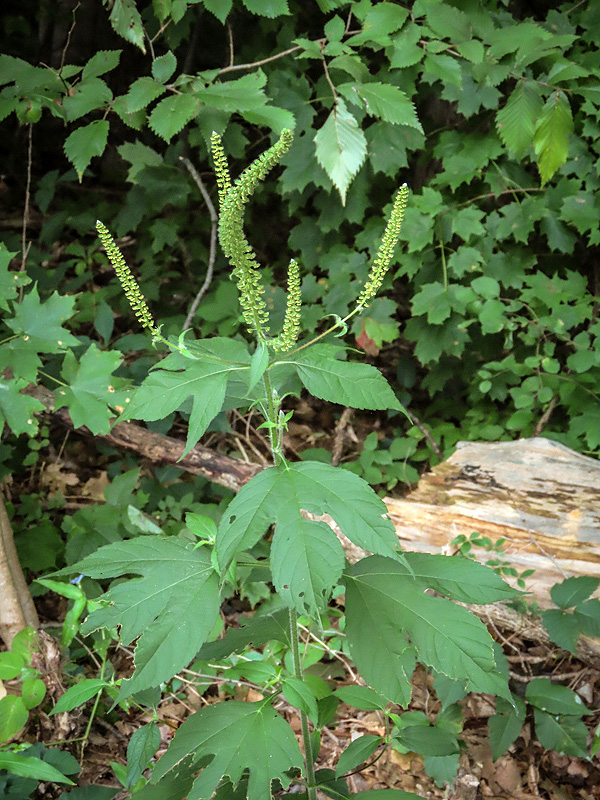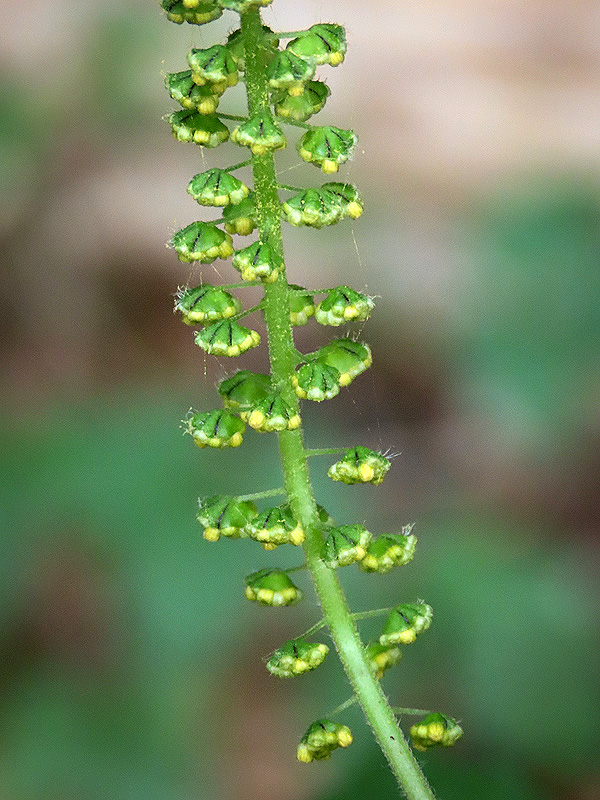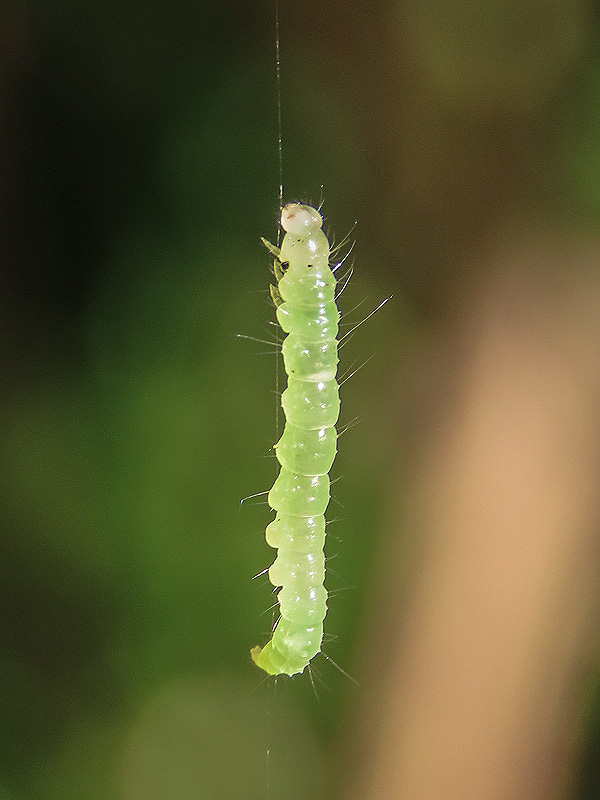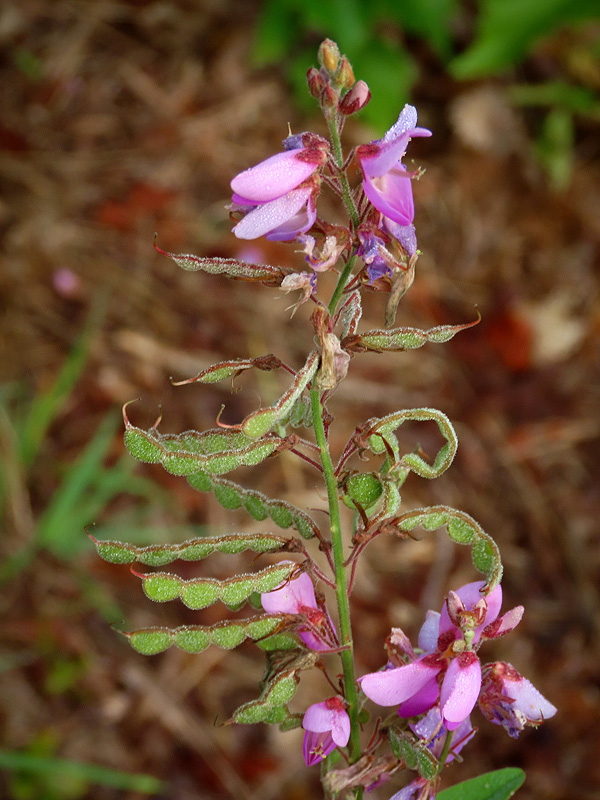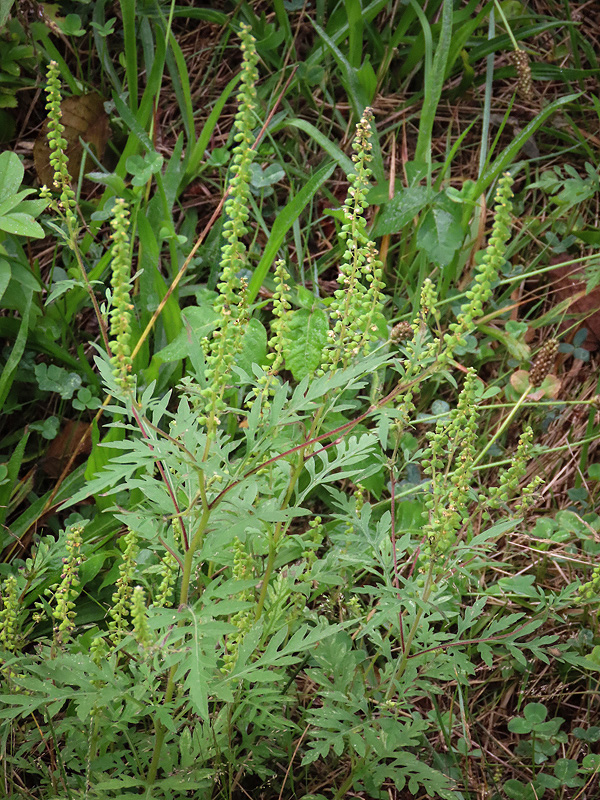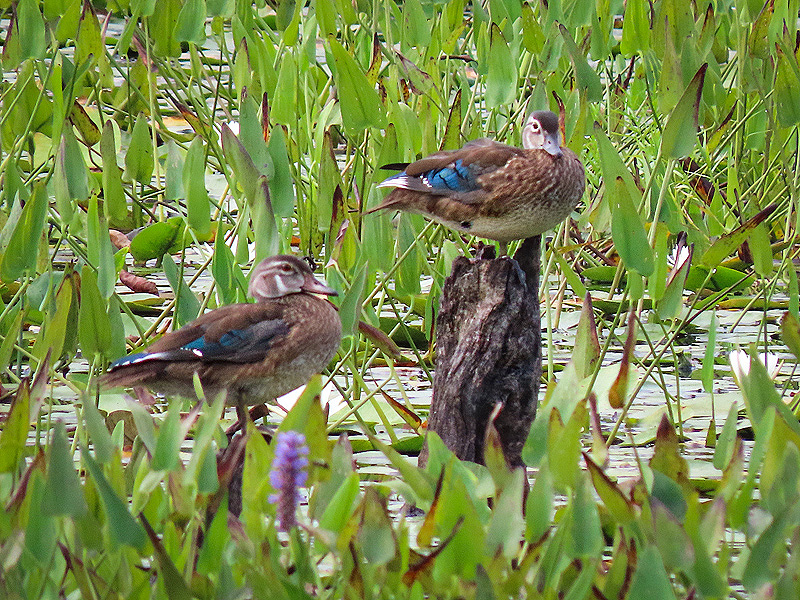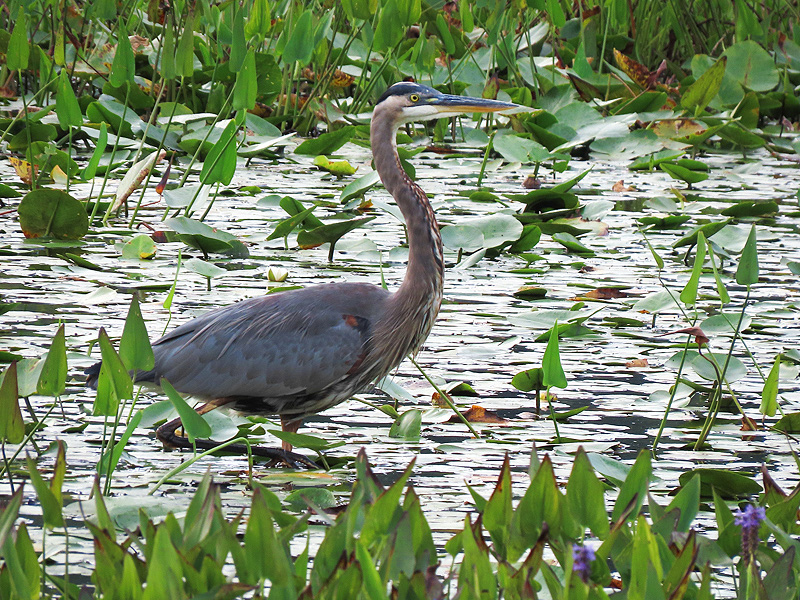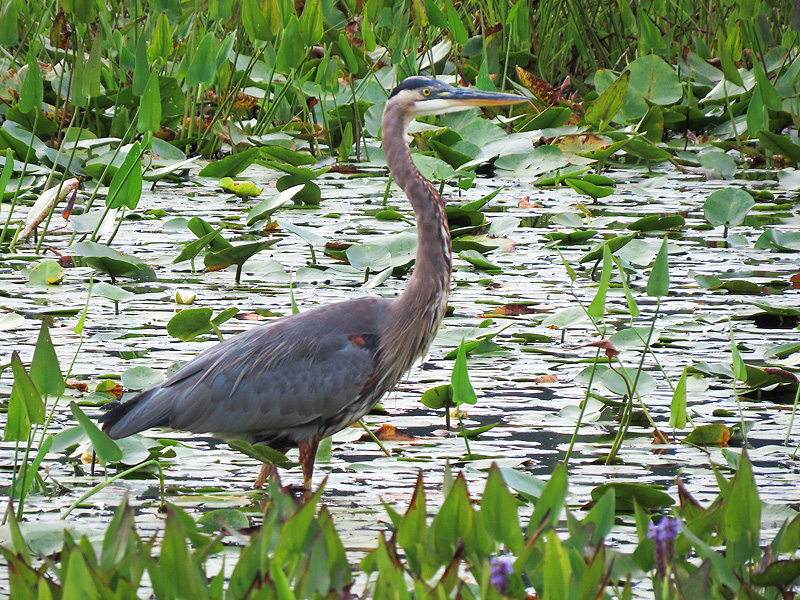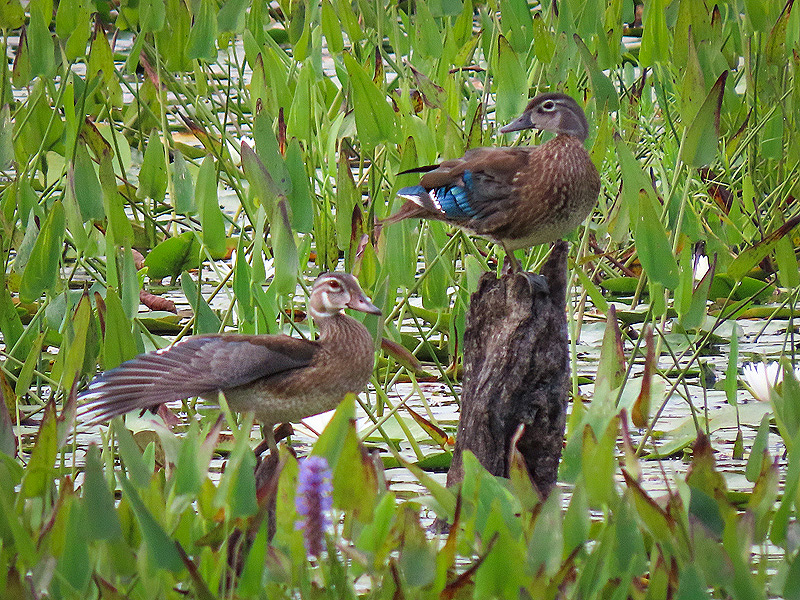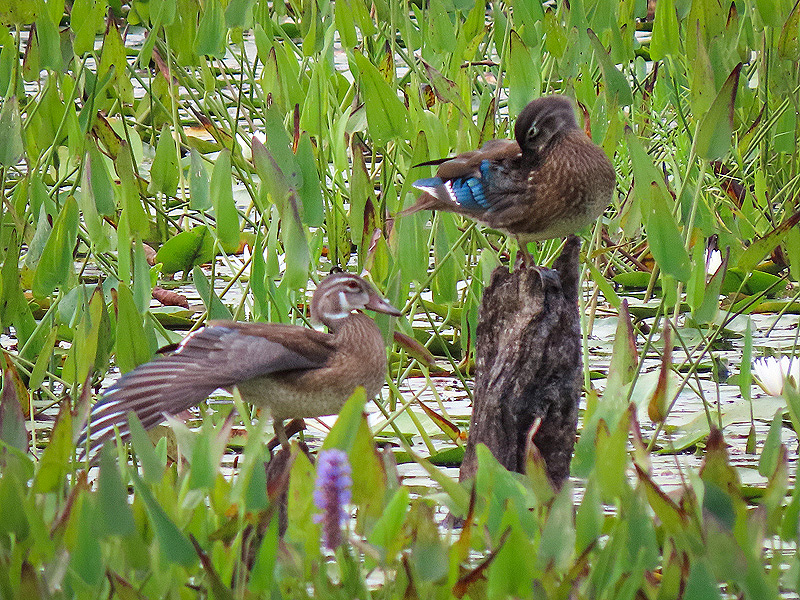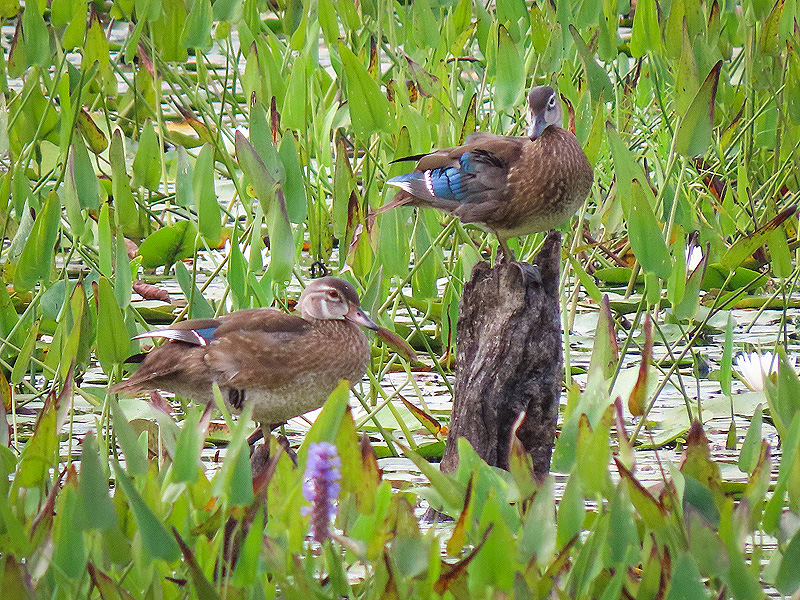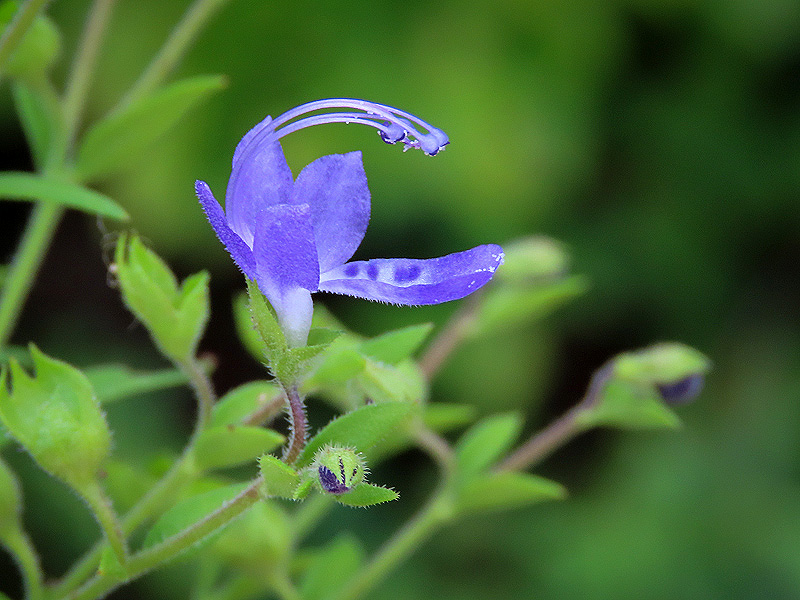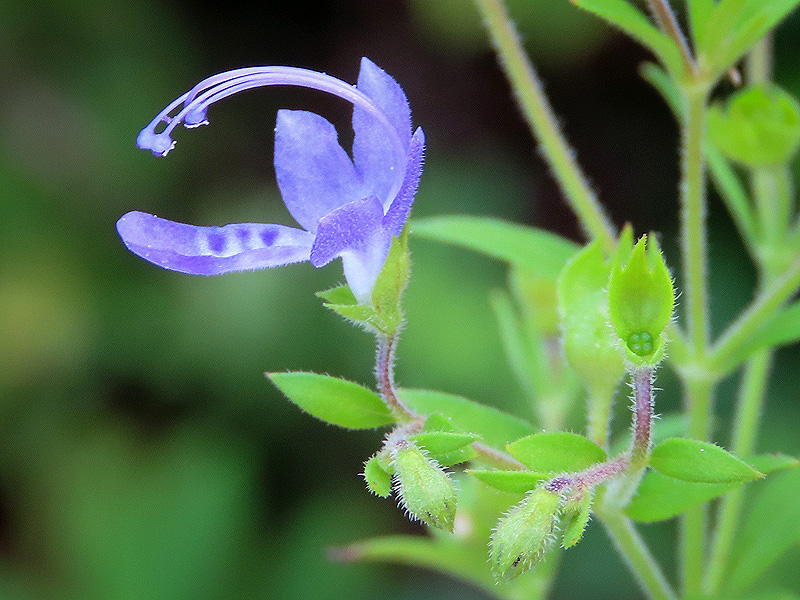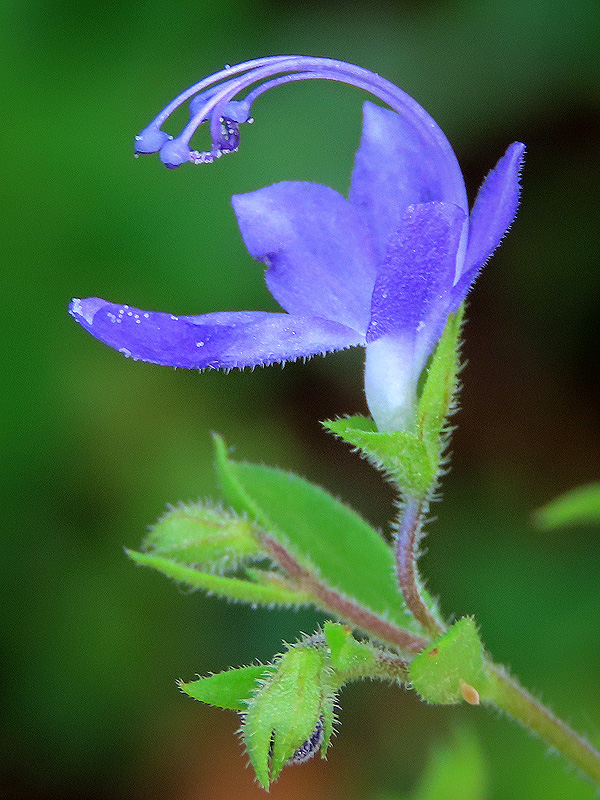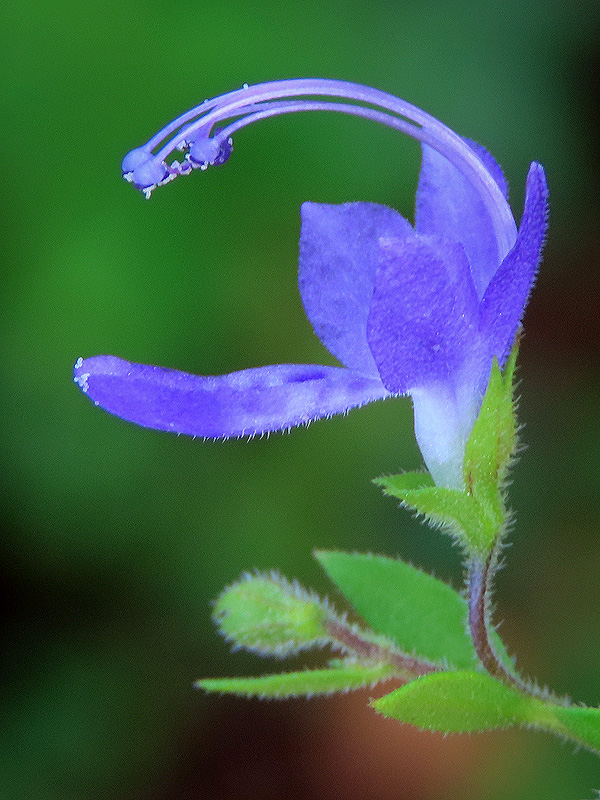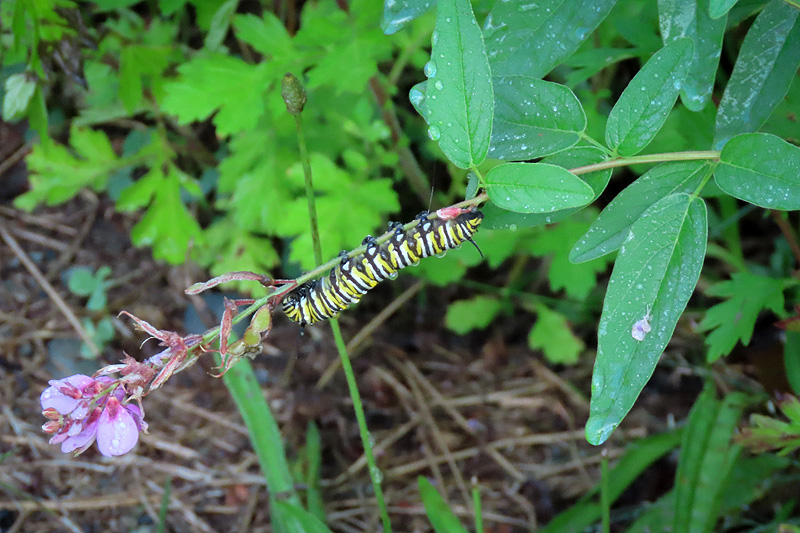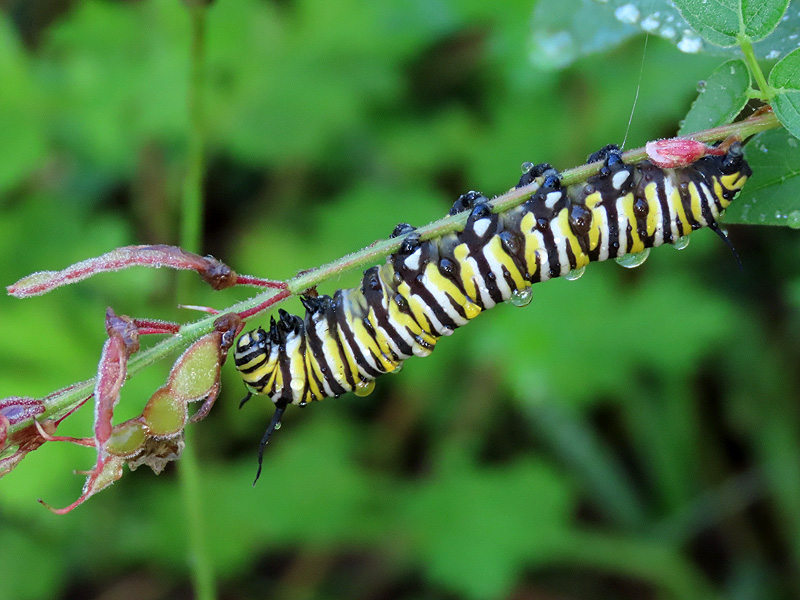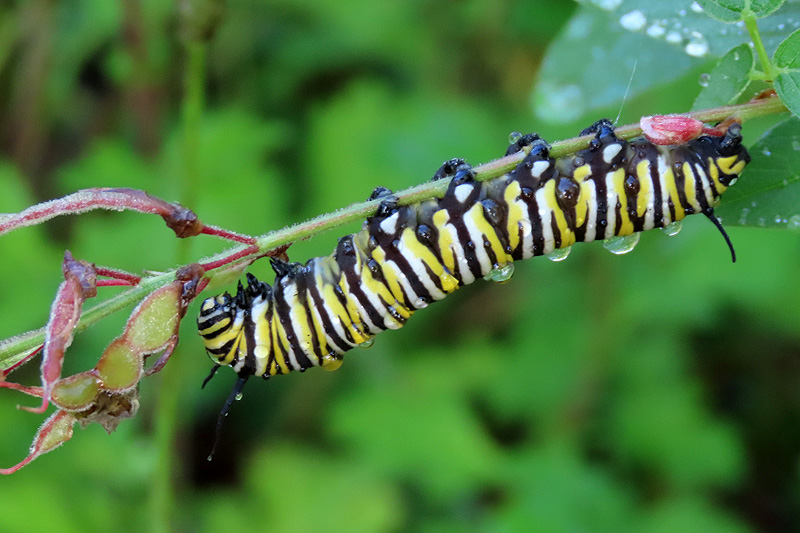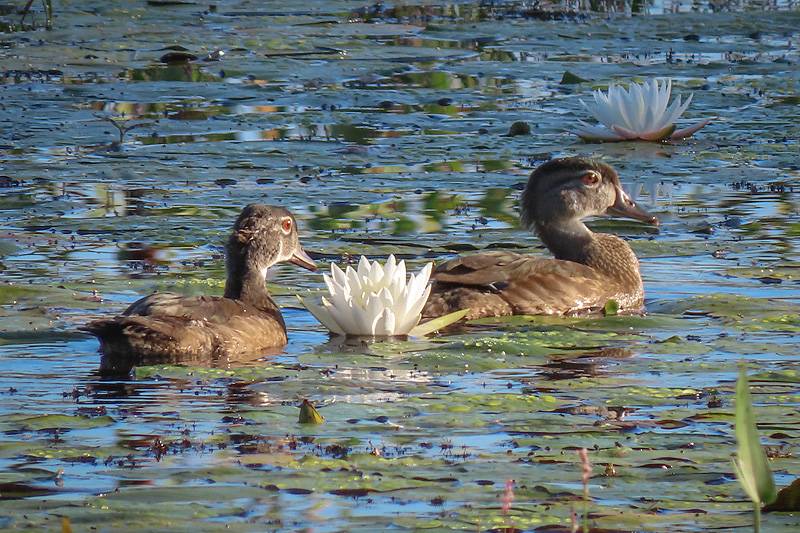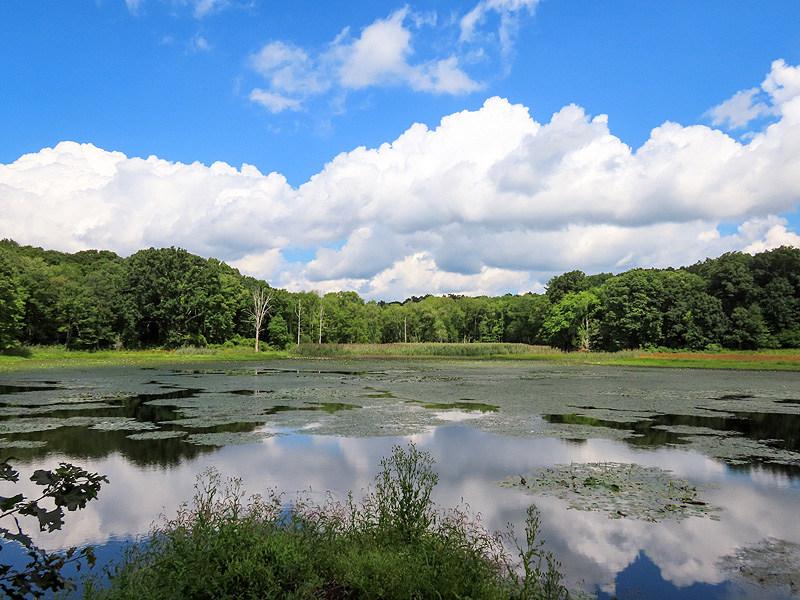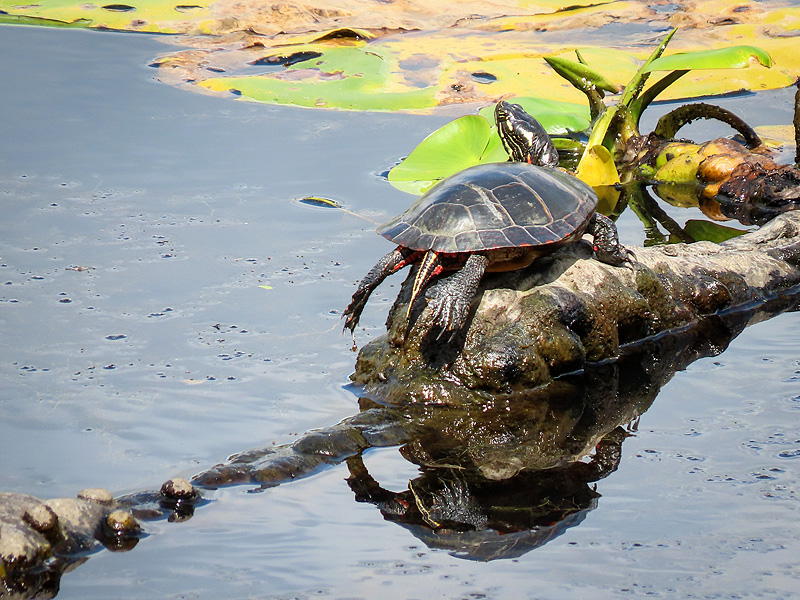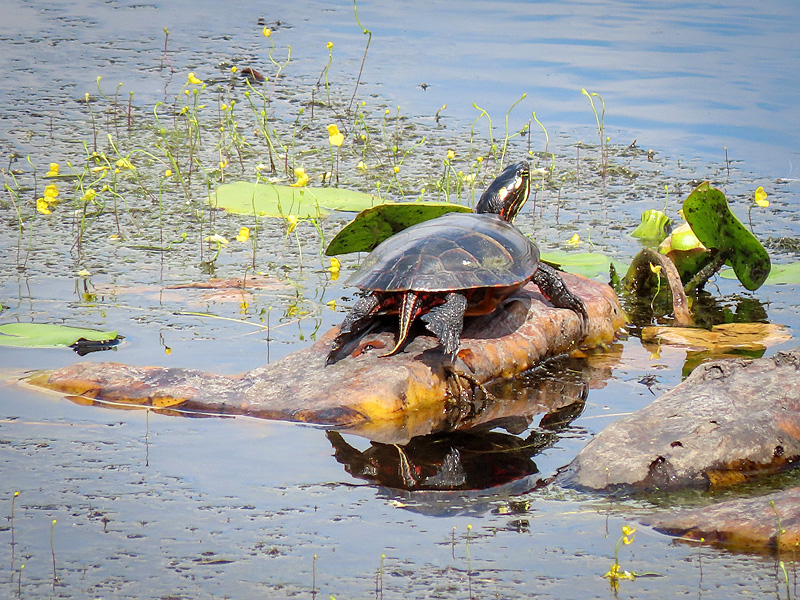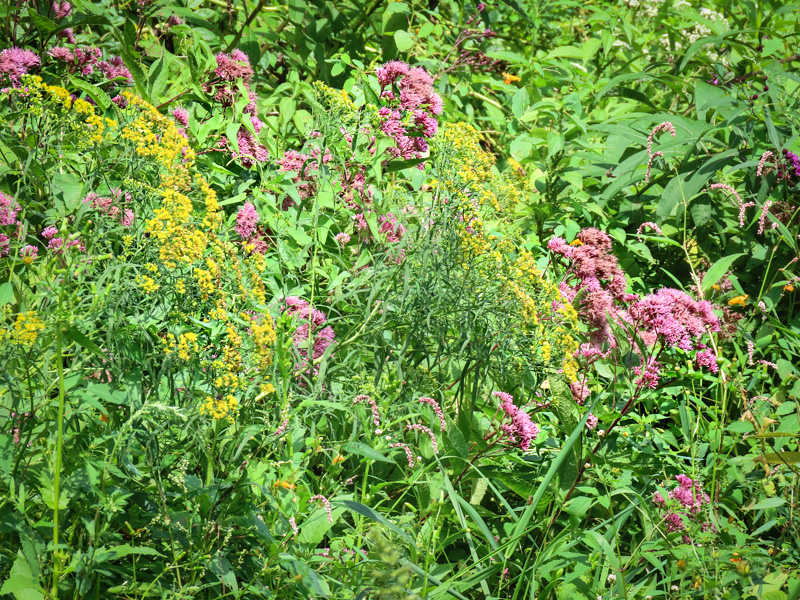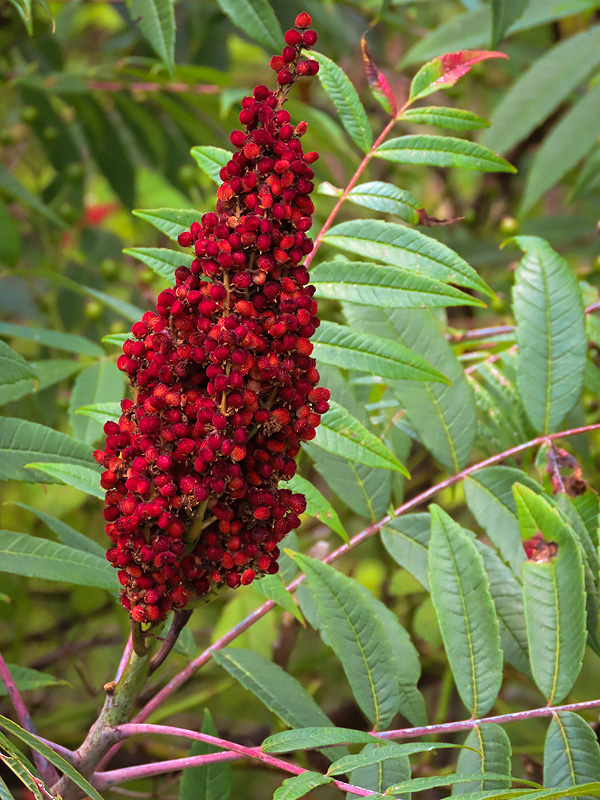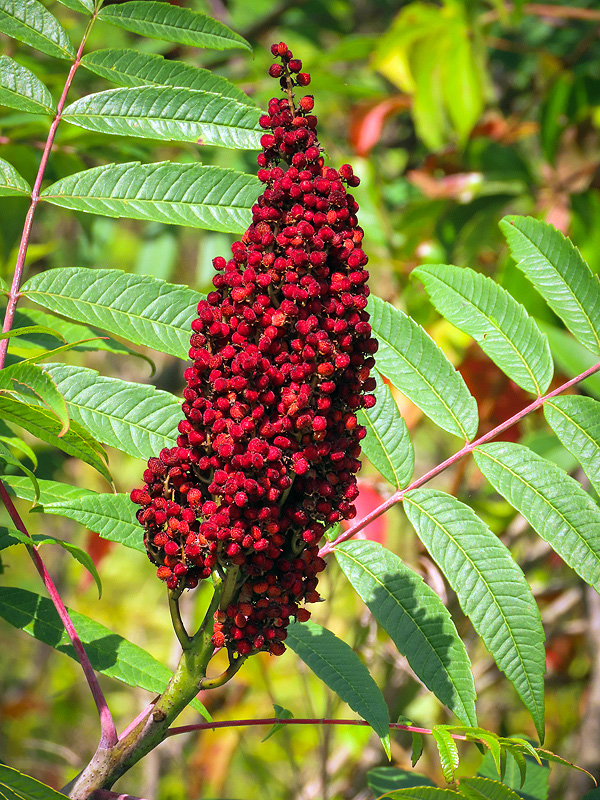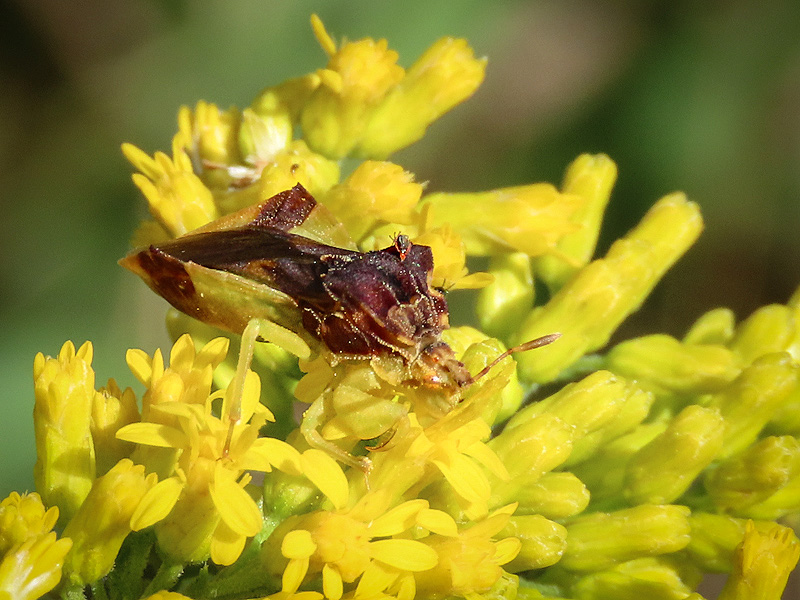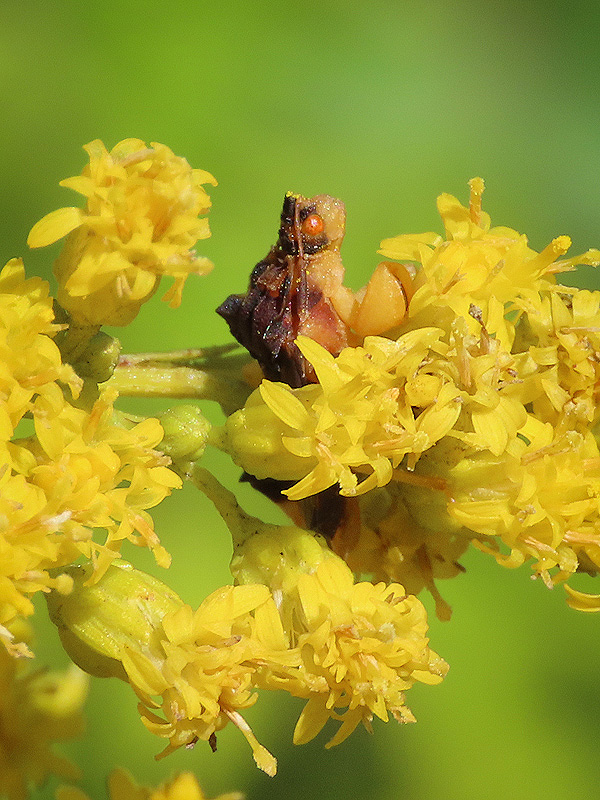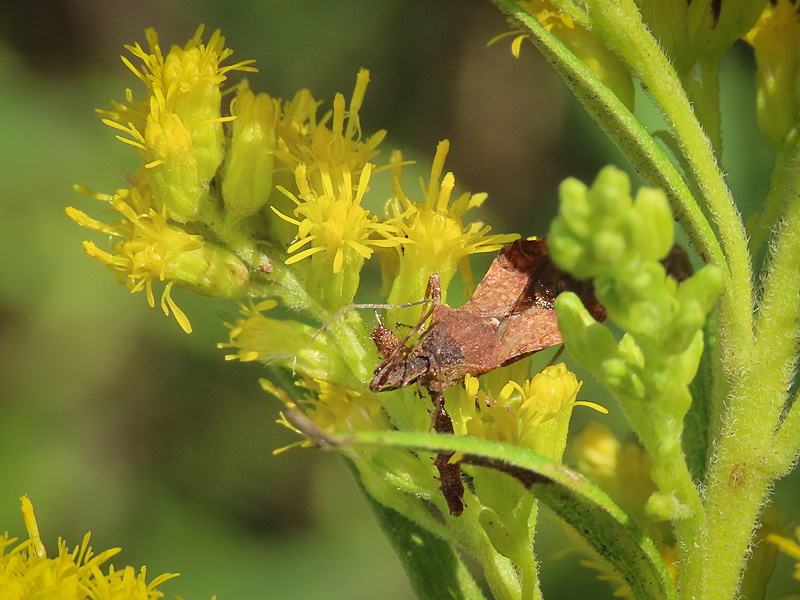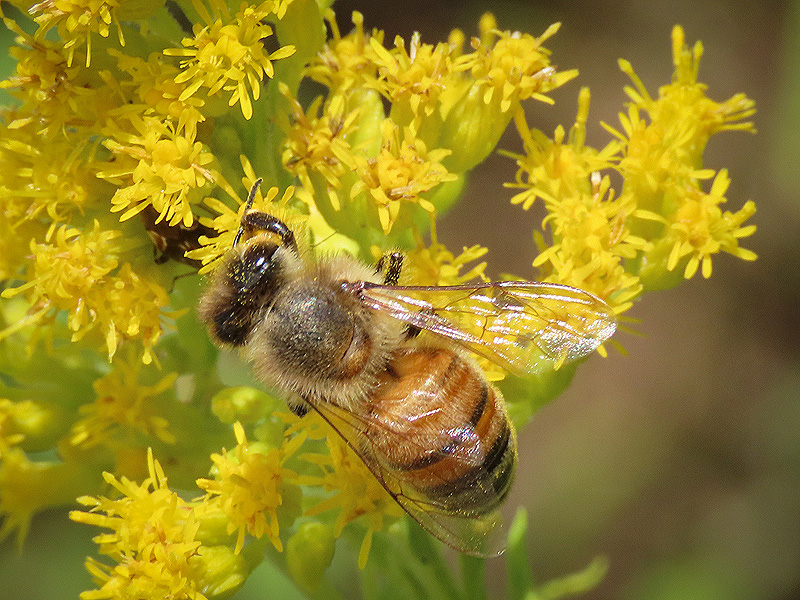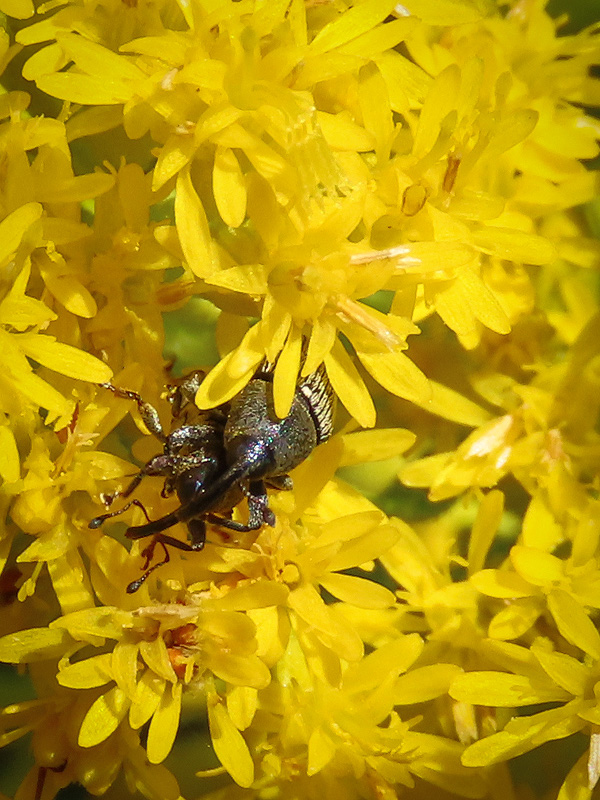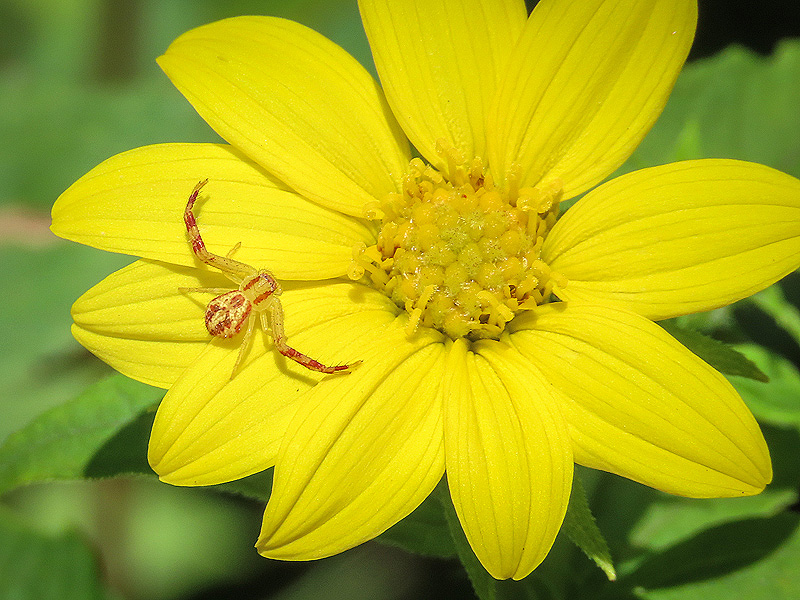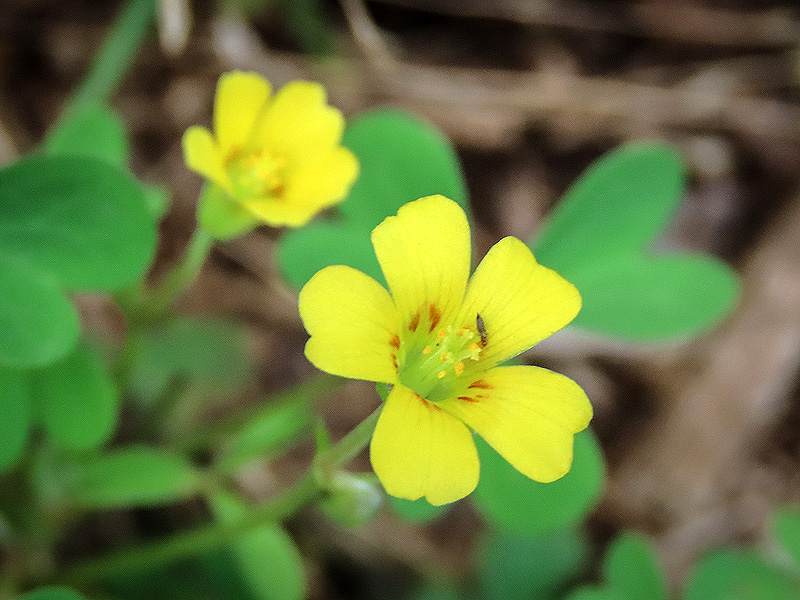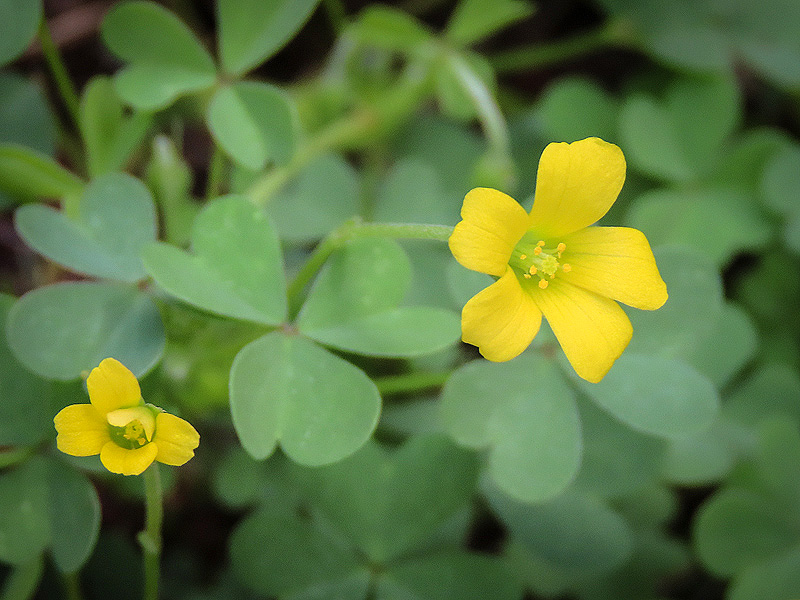Along the Air Line... 2022 - Summer, Part 13 The Air Line Trail in Eastern Connecticut - Stan Malcolm Photos |
HOME: Air Line... 2022 Pages Menu Stan's FlickR Albums |
August 27th. Pickerel Frog (Rana palustris) blends in very well with this background at anything more than a couple of feet away. |
|
Learn more about them and other Connecticut "herps" here: https://www.ctherpetology.com/pickerel-frog |
Chicken Mushroom (Laetiporus sulphureus)? |
August 28th. A female Wood Duck (Aix sponsa) on a stump, grooming, plus a male nearby. |
Make that a male and a female nearby. |
Wait; two more stumps and two more Wood Ducks grooming. |
A fourth Wood Duck on yet another stump! |
Three of the four stumps in one picture. |
Asiatic Dayflower (Commelina communis). |
|
August 29th. Great Ragweed (Ambrosia trifida). According to the Peterson Field Guide, it can grow as high as 15 feet, but at the Route 85 trailhead, it tends to be four or five feet tall. Large leaves are tri-lobed. |
Like Common Ragweed, the flowers consist of green "umbrellas" that shelter the bare pollen below. |
An Inchworm (Family Geometridae), climbing a length of its own silk. This one was about 3/4th of an inch long. Hanging like this is a defensive behavior, a way to escape predators hunting on leaves. |
August 30th. Showy Tick Trefoil (Desmodium canadense) flowers are mostly done but the sticky seeds are ready to attach to clothing and pets that brush against them. |
Common Ragweed (Ambrosia artemisiifolia) is shorter and has much divided leaves compared to Great Ragweed. |
Walking west, I passed two male Wood Ducks (Aix sponsa) on stumps again. |
A Great Blue Heron (Ardea herodias); possibly the same bird I saw across the marsh a few minutes earlier. |
|
On my way back east, I passed the two Wood Ducks again. |
|
|
|
Bluecurls (Trichostema dichotomum); the first of it I've seen this year. (It's not common and is easily overlooked.) |
Stamens positioned to dab visiting bees with pollen. |
You can see the large pollen grains. |
|
A Monarch (Danaus plexippus) caterpillar on Showy Tick Trefoil (Desmodium canadense). |
This caterpillar is full grown and has left its milkweed host plant to find a secluded place to form its chrysalis. |
If this is the spot, it will deposit a pad of silk to hang from before shedding its larval skin. |
Two young Wood Ducks (Aix sponsa). |
Late morning, a stop along River Road where the trail passes through the beaver pond on Day Meadow Brook. |
|
Painted Turtle (Chrysemys picta) on a water lily rhyzome. |
The yellow flowers are of a Bladderwort (Utricularia sp.). According to the Connecticut Botanical Society's web site, "Bladderworts are carnivorous plants of bogs and shallow water. Submerged leaves bear small round bladders. Tiny swimming animals touch trigger hairs around the mouth of a bladder. A trap door opens and the bladder expands, sucking the prey inside." |
At least 4 species of wildflowers near River Road. Make that 6 species. I just noticed the Jewelweed and Boneset. |
Next stop, the trail from River Road to the Blackledge River Bridge. Sumac (Rhus sp.). |
|
Jagged Ambush Bug (Phymata pennsylvanica) on Goldenrod (Solidago sp.). |
This one was hiding from me. Note the massive raptorial front legs for grabbing prey. |
An Assassin Bug (Sinea sp.), another ambush predator with enlarged raptorial front legs. |
Honey Bee (Apis mellifera). |
A mated pair of Weevils (Odontocorynus salebrosus). I couldn't find a common name. |
Northern Crab Spider (Mecaphesa asperata). |
I won't try to identify this sunflower species, not even to genus. |
|
Yellow Woodsorrel (Oxalis stricta) visited by a Thrips (Order Thysanoptera). |
|
